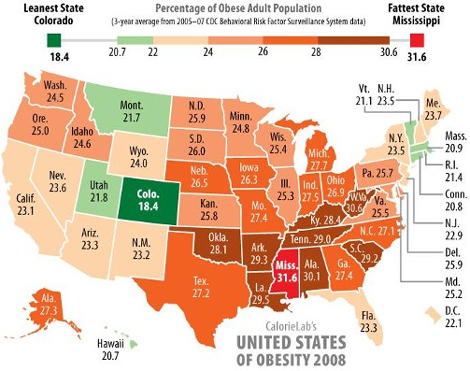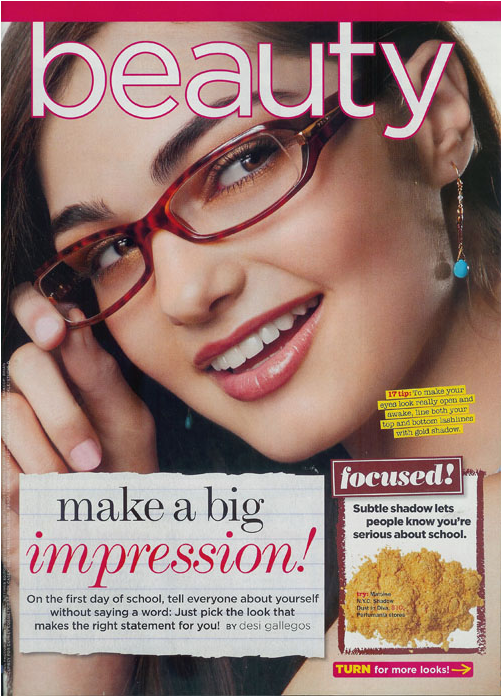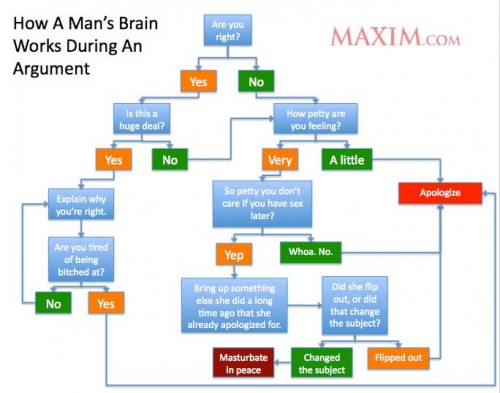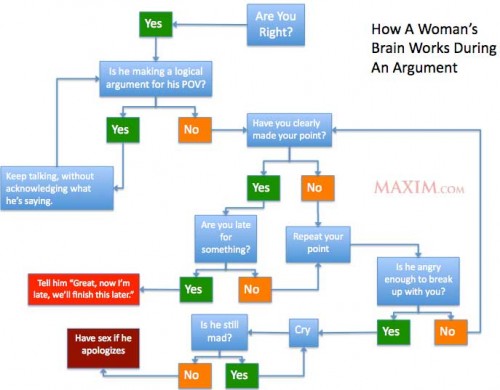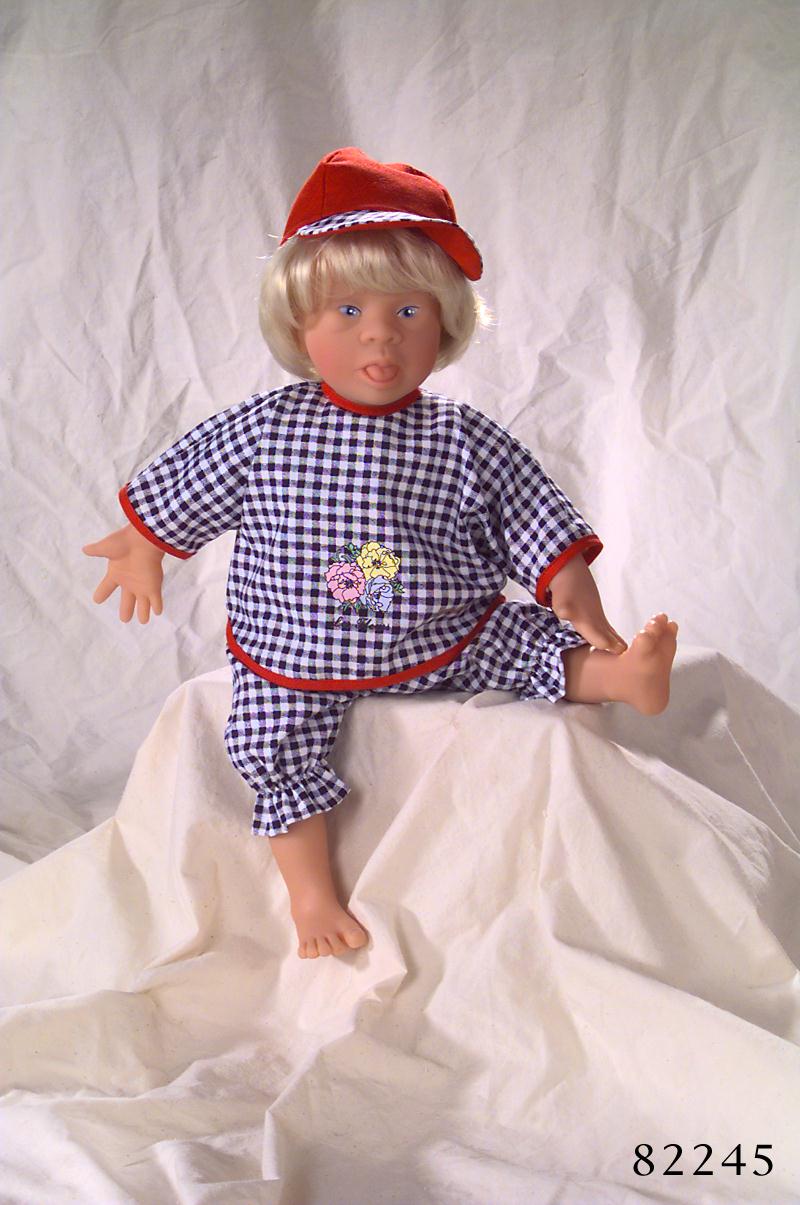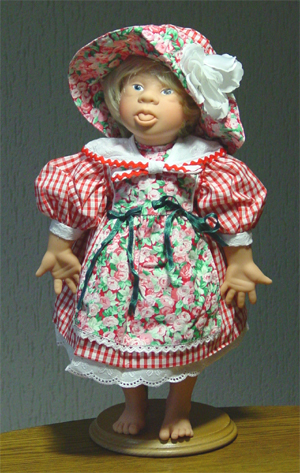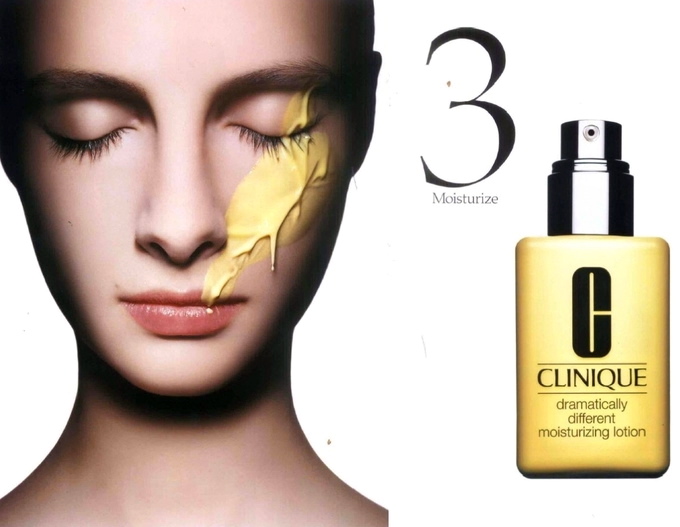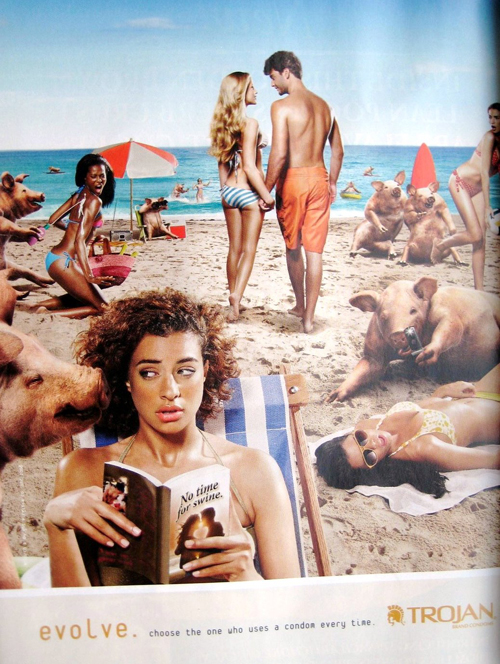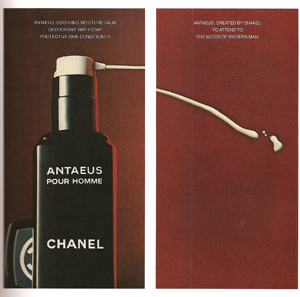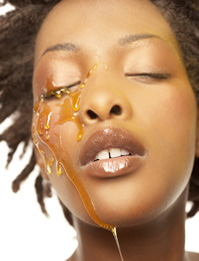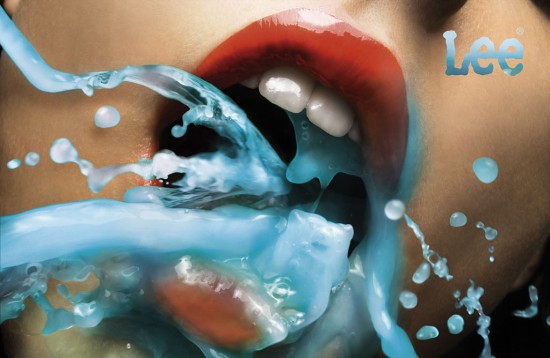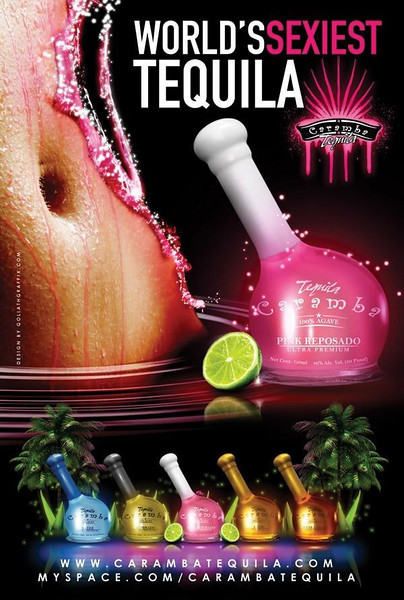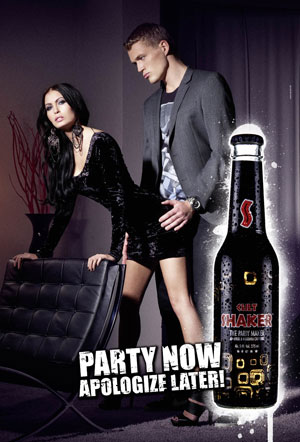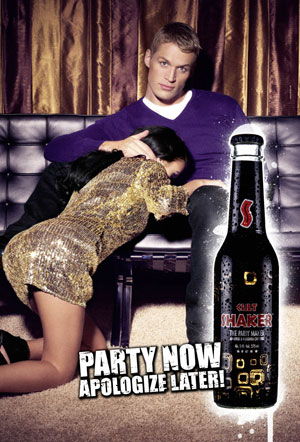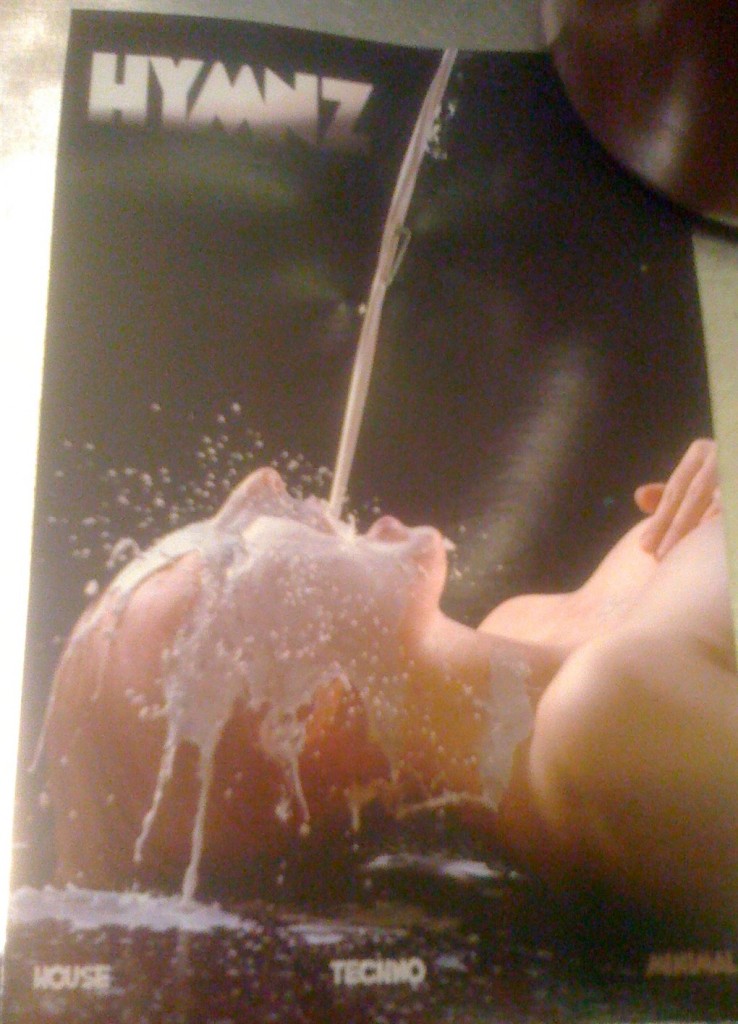Ben O. sent in the video for “Take You There,” by Sean Kingston. Ben said, “The premise of Sean Kingston’s song ‘Take You There’ is that driving through slums is a great idea for a romantic date.”
[youtube]https://www.youtube.com/watch?v=axq1jQTk84w[/youtube]
My original thought, before I watched the video, was that maybe Kingston (who, according to Wikipedia, was born in Miami but mostly raised in Kingston, Jamaica) was trying to humanize the kinds of low-income neighborhoods that non-residents often believe are uniformly terrifying and that anyone who would venture there is going to their certain death. Or, if not that, maybe to show some of the horrid realities of living in economically devastated areas.
Then I watched the video. What struck me is how every resident is portrayed as glowering, threatening, and angry; they’re all the stereotype of the aggressive Angry Black Man.
The other thing that’s interesting is the gender elements. First, here are some of the lyrics:
We can go to the tropics
Sip piña coladas
Shorty I could take you there
Or we can go to the slums
Where killas get hung
Shorty I could take you there
You know I could take ya (I could take ya…)
I could take ya (I could take ya…)
Shorty I could take you there
You know I could take ya (I could take ya…)
I could take ya (I could take ya…)
Shorty I could take you there
Baby girl I know it’s rough but come wit me
We can take a trip to the hood
It’s no problem girl it’s my city
I could take you there
Little kid wit guns only 15
Roamin’ the streets up to no good
When gun shots just watch us, run quickly
I could show you where
As long you’re wit me
Baby you’ll be alright
I’m known in the ghetto
Girl just stay by my side
Or we can leave the slums go to paradise
Babe it’s up to you,
It’s whatever you like
So rather than having any real commentary on slums, the slums become a site to reinforce the idea that women should align with a man to protect them. The slums are just a backdrop for Kingston to impress a hot woman by being able to take her into an exotic world and keep her safe…from all the aggressive, mean Black men they encounter.
Ben continued,
My friend is traveling in Uganda and was reminded of this song when staying in Atiak, site of a gruesome massacre…His comment was: “I thought of Lam, who has dedicated his life to improving this place, to giving his people a future, and finally, of [Sean Kingston], whose highest ambition is to impress girls by taking them on a tour of places like Atiak. What a stupid song.”
Thanks, Ben!
Gwen Sharp is an associate professor of sociology at Nevada State College. You can follow her on Twitter at @gwensharpnv.


